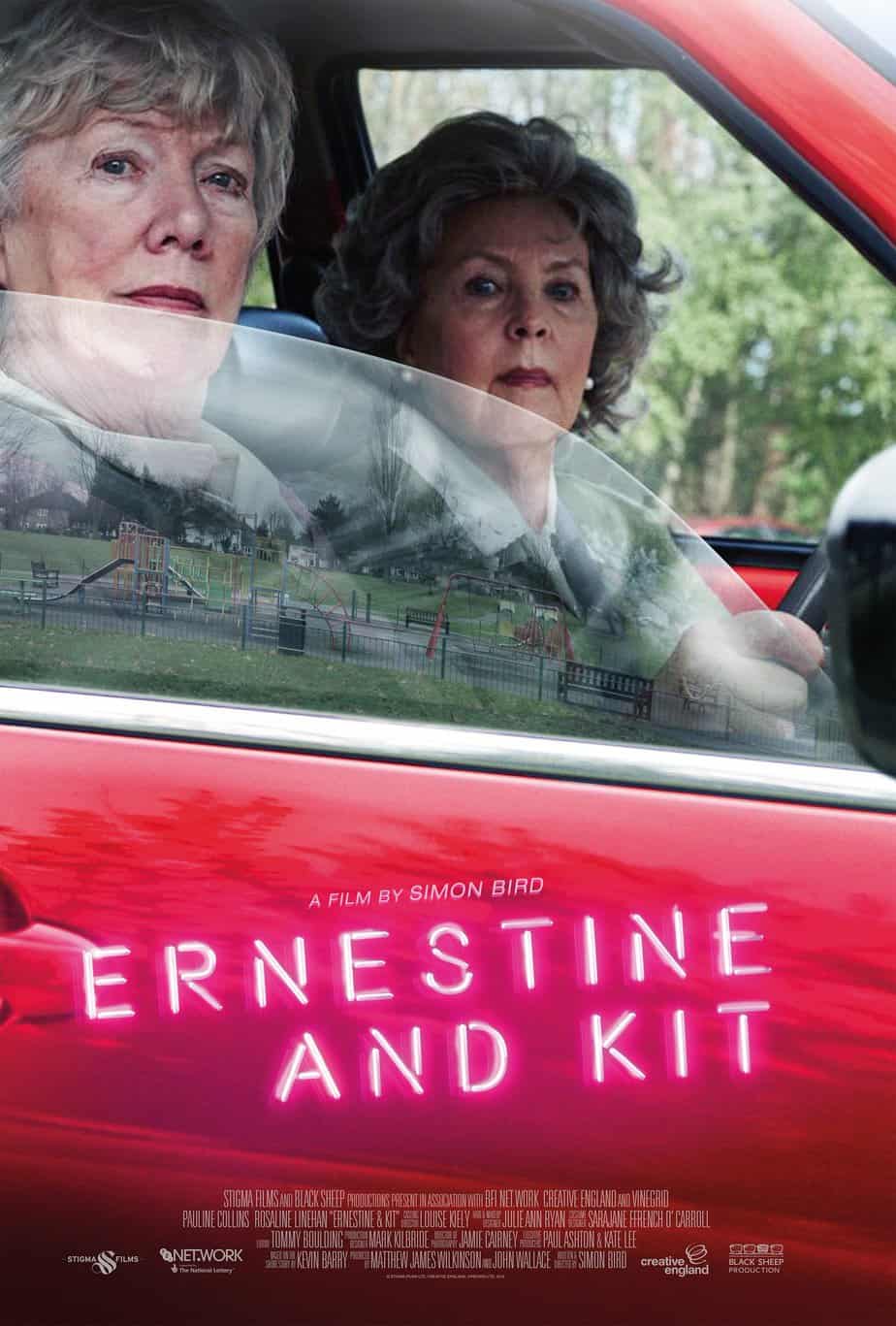-
Mercy Watson Fights Crime by Kate diCamillo Analysis
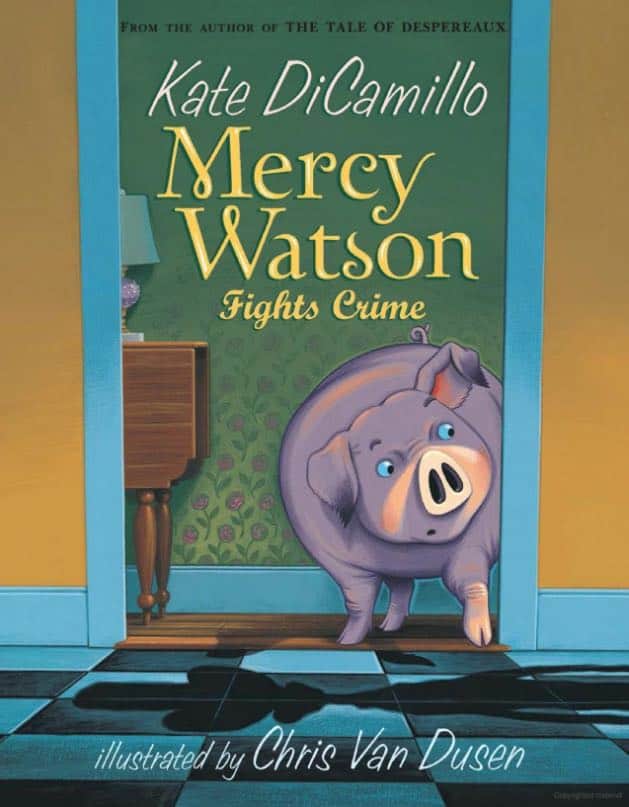
“Mercy Watson Fights Crime” is book number three in the Mercy Watson series by Kate diCamillo, first published 2006. This series is beautifully illustrated by Chris Van Dusen. SETTING OF MERCY WATSON FIGHTS CRIME Where in America is this series set? Based only on fictional representations, this feels Southern to me. (Do Americans get that? […]
-
The Lumber-Room by Saki Short Story Analysis
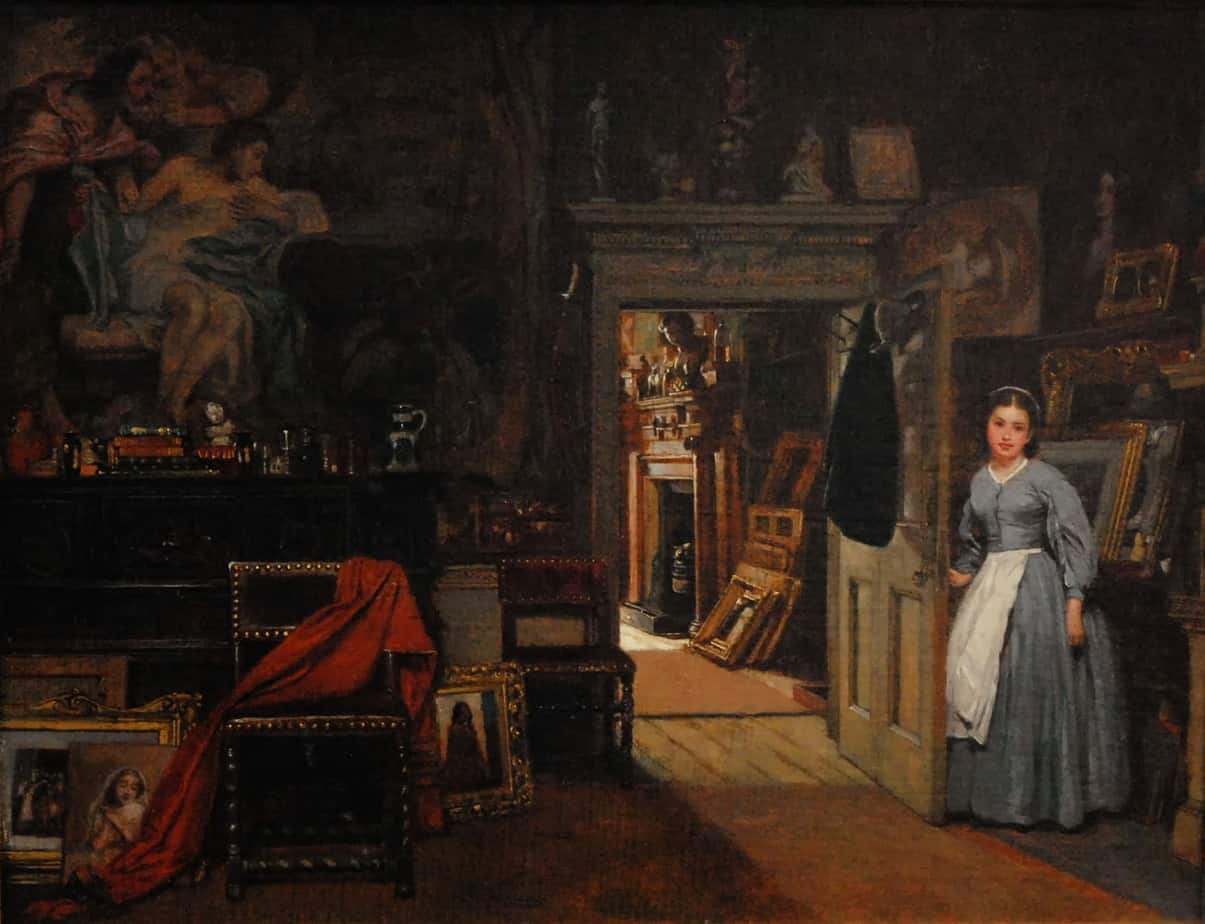
“The Lumber-Room” by H.H. Monro (Saki) is one of the short stories from Beasts and Super-Beasts, published 1914, though it was first published in a newspaper. He died two years later in the war. Significantly for this short story, Saki was gay. There’s something very Peter Rabbit about this short story for adults. Peter Rabbit […]
-
My Neighbour Totoro Storytelling

My Neighbour Totoro (1988), from Japan’s Studio Ghibli, is one of the few genuinely child centred films in existence. In contrast, most films out of DreamWorks and Pixar contain dual levels of meaning, including jokes only the adult co-viewer will understand, or emotional layers inaccessible to children. For instance, in Toy Story 3 Andy says […]
-
Save The Reaper by Alice Munro Analysis

“Save The Reaper” (1998) is a short story by Alice Munro, included in the collection For The Love Of A Good Woman. This story is a re-visioned homage to Flannery O’Connor’s “A Good Man Is Hard To Find“. THE LOVE OF A GOOD WOMAN (1998) The night before reading “Save The Reaper” I happened to watch […]
-
A Good Man Is Hard To Find by Flannery O’Connor Short Story Analysis

“A Good Man Is Hard To Find” is a well-known short story by American writer Flannery O’Connor, published 1953. So much has already been said about this story — I will look into its structure from a plotting point of view. It’s also about time I read this story. Without reading Flannery O’Connor’s most famous […]
-
The She-Wolf by Saki Analysis

“The She-Wolf” is a comedic short story by Saki. The story first appeared in the Morning Post newspaper. It was later collected in the 1914 anthology Beasts and Super-Beasts. Clovis the prankster gets up to tricks. This is a twist on the transgression comedy. In order to write a story like this, the writer must embody the prankster. […]
-
The Love Of A Good Woman by Alice Munro Short Story Analysis

“The Love Of A Good Woman” by Alice Munro is the title story in the collection which won the Nobel Prize in Literature, 2013. It’s a long short story — about 70 pages. We might even call it a novella, though let’s just go with this: The title story of Alice Munro’s collection, The Love […]
-
Court In The West Eighties by Carson McCullers Analysis
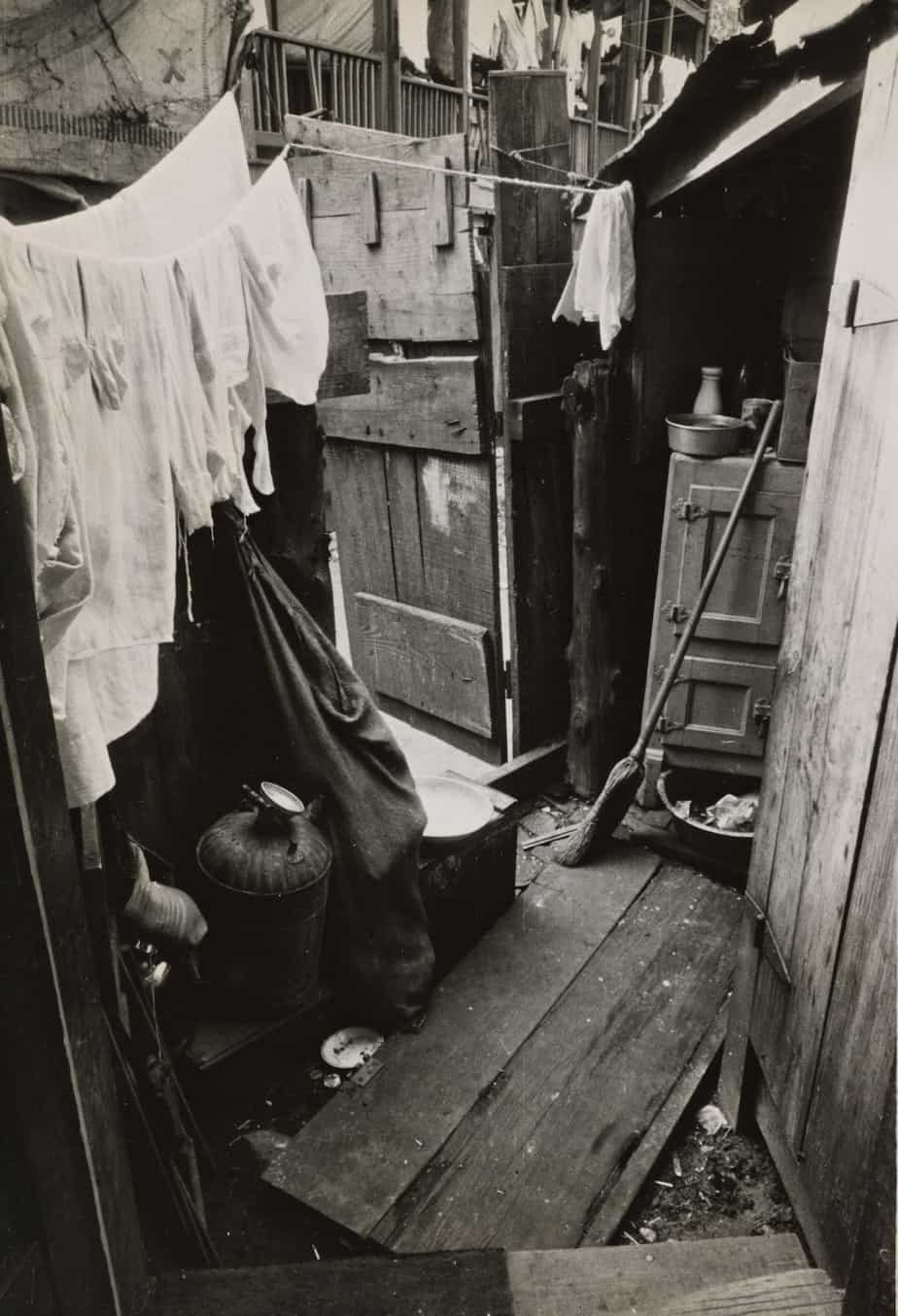
Have you ever lived in close quarters with strangers? Perhaps you went out of your way not to know these people, but in the name of etiquette rather than aloofness. There’s something discomfiting about living in a stranger’s pocket. Like commuters on a packed train, we avoid each other’s gaze. Failure to know our neighbours […]
-
The Tale of Mr Jeremy Fisher by Beatrix Potter Analysis
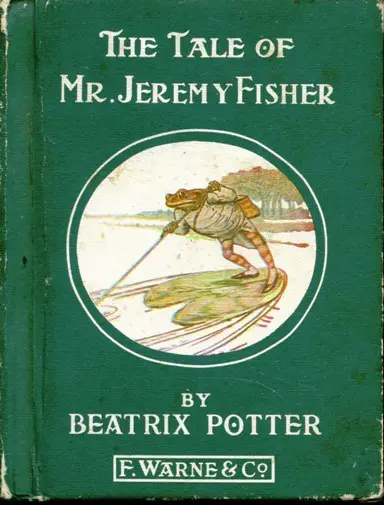
The Tale of Mr. Jeremy Fisher (1906) is one of Beatrix Potter’s more popular stories, and is an excellent example of how to write a sympathetic main character. Publishers had been telling Potter since she wrote it in 1893 for her last nanny’s son that frogs aren’t cute and fluffy enough to warrant main character […]
-
Mrs Tiggy-Winkle by Beatrix Potter Analysis
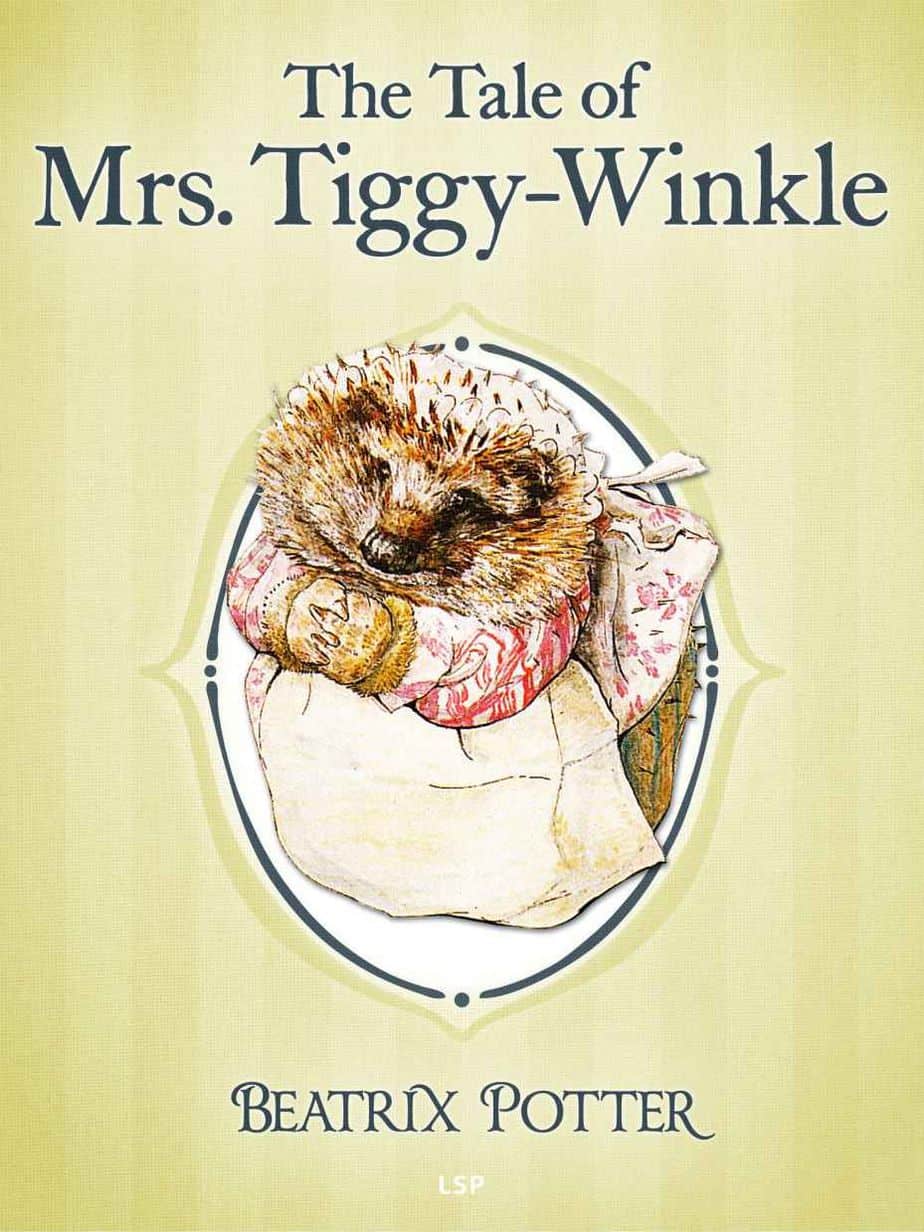
Beatrix Potter wrote Mrs. Tiggy-Winkle specifically to appeal to girls. She thought that Lucie’s feminine garb, with its emphasis on the lost clothing items (o, calamity!), would appeal to girls especially. Even today, authors and publishers are creating children’s books for the gender binary* e.g. this book will appeal to boys because X; this will […]
-
The Scary Kitchen in Children’s Stories
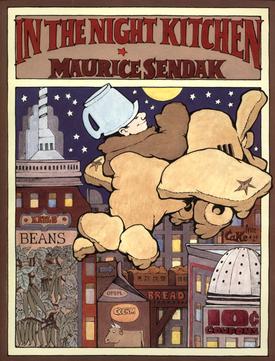
Most often, kitchens in children’s literature serve as metonyms of familial happiness, but every so often you do find a scary kitchen in which not all is well. The kitchen is the perfect place for a scary scene because it is at once close to home (in fact the hub of the home) and contains […]
-
A Country Where You Once Lived by Robin Black Analysis
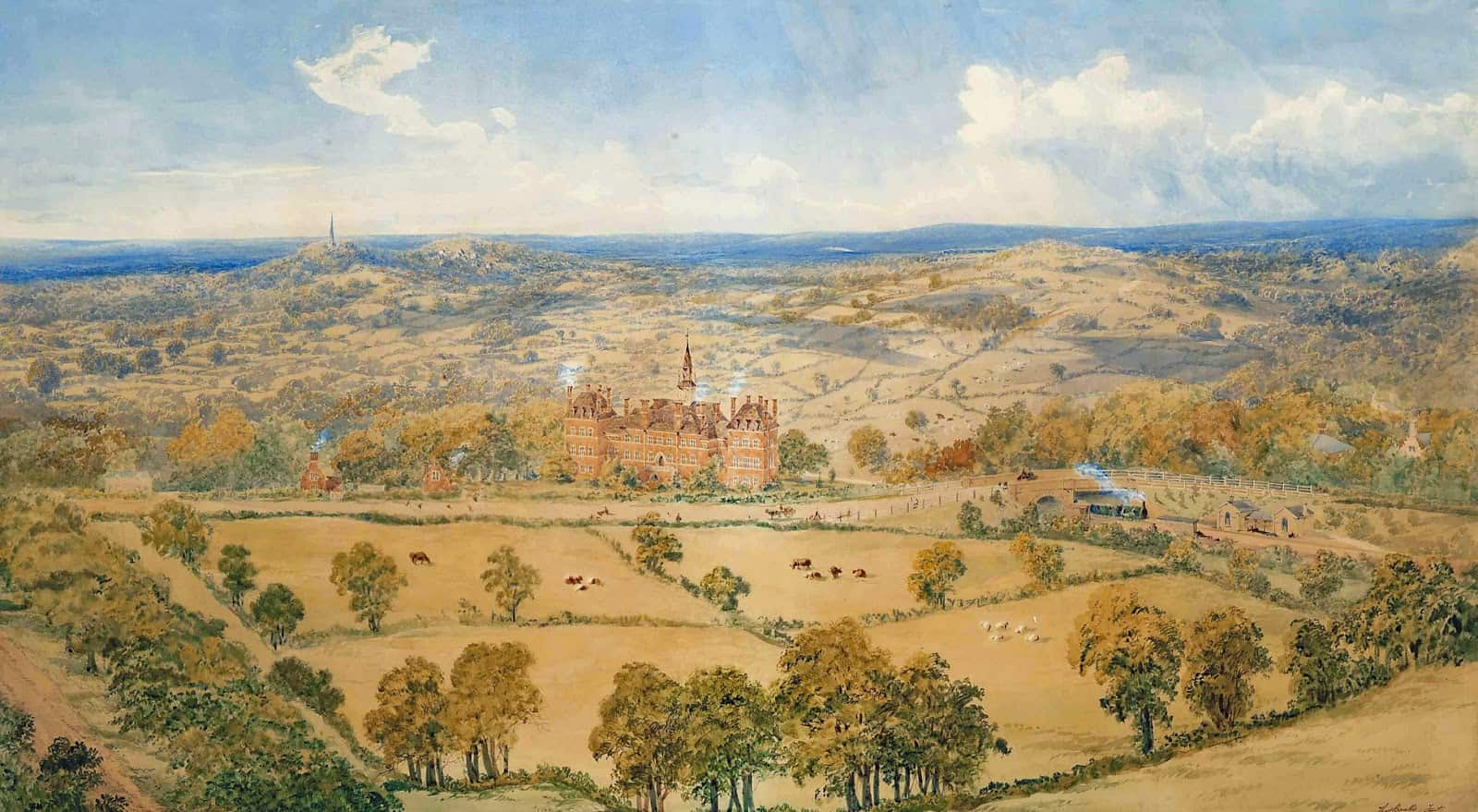
“A Country Where You Once Lived” by Robin Black (2010) is a great example of a short story in which the present story plays out alongside the backstory of a stand-out inflection point (“fulcrum”) which happened 13 years earlier. Two separate time periods merge into one. Whenever this happens in a story we are reminded […]
-
Pine a Short Story by Robin Black Analysis

“Pine” is a short story from a collection called If I Loved You, I Would Tell You This published 2010, written by Robin Black. This is a wonderful example of a contemporary story loosely based on an old fairytale—this time it’s Bluebeard. “Pine” is also an excellent example of a story which centres a homophone […]
